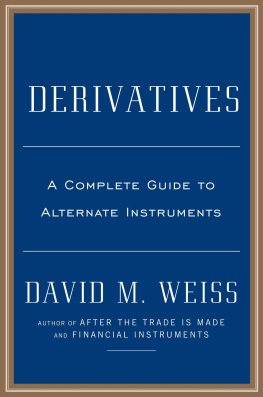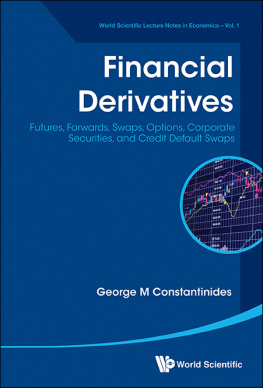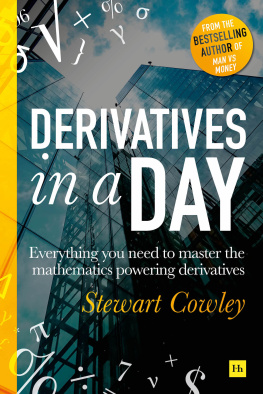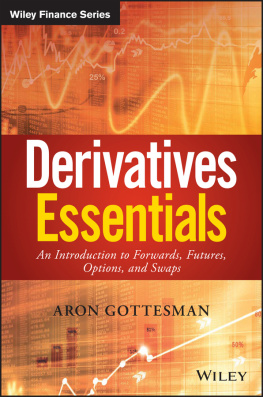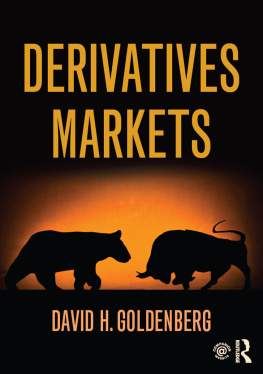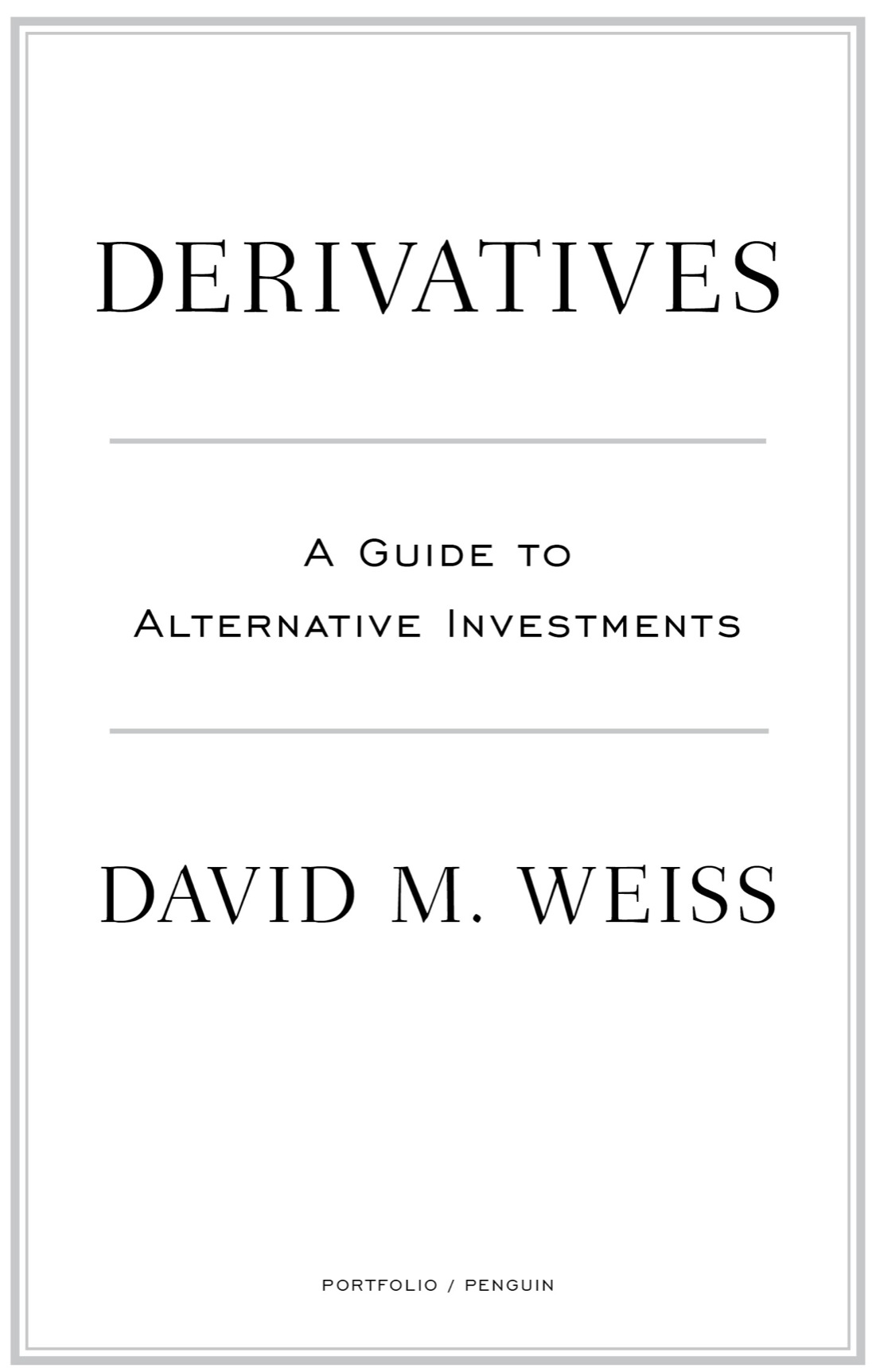ALSO BY DAVID M. WEISS
USA | Canada | UK | Ireland | Australia | New Zealand | India | South Africa | China
First published by Portfolio / Penguin, a member of Penguin Group (USA) LLC, 2014
Penguin supports copyright. Copyright fuels creativity, encourages diverse voices, promotes free speech, and creates a vibrant culture. Thank you for buying an authorized edition of this book and for complying with copyright laws by not reproducing, scanning, or distributing any part of it in any form without permission. You are supporting writers and allowing Penguin to continue to publish books for every reader.
This publication is designed to provide accurate and authoritative information in regard to the subject matter covered. It is sold with the understanding that the publisher is not engaged in rendering legal, accounting, or other professional services. If you require legal advice or other expert assistance, you should seek the services of a competent professional
who collectively brighten my day.
INTRODUCTION
T his book has been written to meet the needs of users in a changing marketplace. The financial industry has always been in a constant state of changecertain aspects of the industry change faster than others, creating an imbalance, and then those areas left behind catch up, prompting the process to start over again. This consistent change keeps industry professionals on their toes, trying to stay abreast of the latest developments.
The financial market has completely changed from when I penned my first book in 1986. Within that time span there has been a consolidation of assets from individuals accounts into the professional management of financial institutions. With that consolidation came the accumulation of huge sums of assets that needed to be invested, drastically increasing the scale of investments.
Also, during that time automation and electronic markets did away with many manual processing steps, which greatly reduced the processing time of the more traditional products. As time was freed up, the way was paved for new types of products, and more complex variations of existing products could now be offered in the marketplace. Most of the newer products are a result of technological advances that permit complex computations to be made at split-second speeds and make way for spontaneous analysis and projections of outcomes. Products designed to take advantage of new technologies can magnify profits and minimize losses. They can also be combined or packaged with other products, thereby allowing for a new set of results.
These same technical advances broke down country borders and boundaries, making our once domestic market into an international and then a global one. This, in turn, demanded the development of computer software programs that permitted twenty-four-hour trading, which led to a major increase in the use of foreign currency exchange and trading on foreign markets, shrinking the globe even more. The algorithms that were developed allowed for the solving of complex and time-consuming formula calculations, permitting new classes of products to enter the fold and new methods for assessing risk to be employed. Some of these new products are classified as derivatives, others are referred to as structured products, and still others simply broadened the base of those steak and potatoes products, such as equities and bonds.
As the participants became more familiar with these new products, their applications led to the need for other new products. For example, over-the-counter options existed for centuries but the establishment of exchange listed options in 1973 gave forth a new type of option product, which in turn gave way to a rash of other types of option products. Today, the buyer, seller, or trader who is involved with this last range of products is actually three layers away from the underlying product. For example, using products that are explained throughout the book: the trading of an option contract (layer #1) that is based on a future product contract (layer #2) that is based on a predetermined quantity of a commodity (layer #3) or the trading of an exchange-traded fund (ETF) (layer #1) that is based on an equity index (layer #2), which is based on a select group of underlying common stocks (layer #3). If the professional takes the time to deeply understand the products as well as the relationship of products to one another, a profit may be anticipated and a loss may be controlled. Those who dont bother to learn hurt not only themselves but also others in the market.
The reader must keep in mind two very important facts throughout this book. First, all examples in the book are fictional situations isolated to serve as examples, whereas real-world examples are dynamic and change rapidly. Second, in some of the examples assumptions are made to facilitate the explanations, sometimes oversimplifying the situation to make the point. Armed with those facts and with a mind eager to understand new and exciting products, you will be in good shape to approach the book. I trust you will find the material here both informative and interesting.
CHAPTER 1
DERIVATIVES DEFINED
A s the derivatives market evolved, traders developed specialized terms for discussing its various products. A basic understanding of these terms is essential to a study of derivatives, so this chapter will focus on providing a few essential definitions.
W HAT I S A D E RIVATIVE P RODUCT ?
A derivative product is one that derives its value from another product or other products. For example: the value of a future contract (a type of derivative) on wheat is based on the current price of wheatit derives its value from the price of wheat. Many other factors contribute to the wheat futures value, but it is still based on the price of todays wheat.
Types of Derivatives
There are many ways to sort or categorize derivative products. One way is to divide derivatives into two categories. The first category contains the derivatives that benefit the issuer of the derivatives underlying product, the second is the derivatives that give the issuer no direct financial benefit. The derivatives in both of these categories derive their values from the value of the underlying product.
An example of the first type occurs when a corporation issues a bond with warrants attached. What they are issuing is a debt product (the bond) with which they are borrowing money for a period of time (the duration of the bond) and will have to pay interest over the bonds life: they are also issuing an opportunity for the warrant holder to invest in the common stock of that company at a later time, should that investment appear appealing at that point. In other words, the warrant has a life of its own with an expiration date and the price the warrant holder will have to pay if he or she wants to take advantage of the opportunity. Both products, the bond and the warrant, are offered initially as a unit. With this unit the issuer has the possibility of raising funding from two sources: the borrow, which is made against the bond, and the potential investment, which is made later by the warrant holder in the issuers common shares, thereby benefiting from the issuance of those shares.

